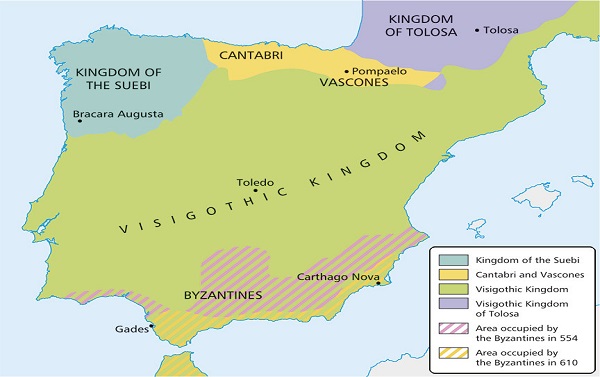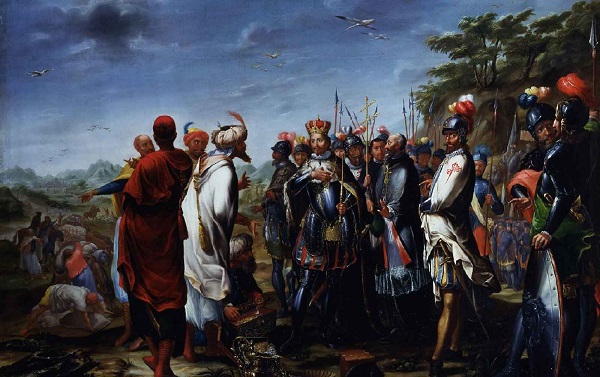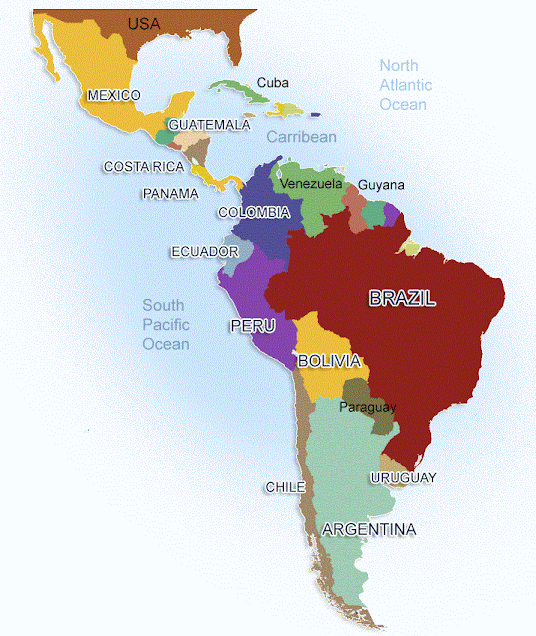
Who am I?
Introduction
Welcome to this course of How to learn to speak and write the Spanish language in less than three months, but before that it is good to know a little about the history of the Spanish language, because nowadays there is a controversy about what should be the correct denomination, or the correct way to call this language, whether it is called the SPANISH language or the Castilian language ... although both concepts are valid and accepted, we would have to make a clarification because if we talk about the SPANISH language, we would have to include everything that Spanish understands, such as Catalan, Galician, Asturian, Basque, Extremaduran ...
Origin and history of the Spanish language
If we go back a little bit to the origins, to how the Spanish language was formed, we would have to speak a little bit of history to understand how the Spanish language came about, because as you know, the Spanish language is very rich in culture and expression, and this goes back to when the Spanish peninsula was invaded and conquered by the Visigothic kingdom by the Muslim leaders of the Umayyad caliphate, and it was a long process that lasted fifteen years, from 711 to 726, when the Iberian Peninsula and part of the south of present-day France were taken, during which time Spanish was not yet spoken, but rather the Mozarabic language, which was a Romance language, influenced by the Arabs and then spoken by the Hispanics, who lived in the caliphate within the Iberian Peninsula
During this time, new Romance languages were formed that would advance over the centuries with the reconquest of the Iberian Peninsula, which would culminate in 1492 with the definitive expulsion of the Muslims from the Iberian Peninsula, and with it the Mozarabic language. It would disappear.
Another very important fact to bear in mind is that an important event in the reconquest, to unite the whole Iberian Peninsula... was the marriage of Fernando de Aragón, with Isabel of Castile around 1469, which began the
And as you know with the passing of time, the conquest of America and the Philippines took place with the Spaniards, with which the Castilian language spread over the five continents, during the height of the Spanish Empire, the well-known Miguel de Cervantes Saavedra Destaca, who was captured in Lepanto and from prison, wrote the most famous work in the world "The ingenious Don Quixote of La Mancha" of the Renaissance ...
Origin of the Royal Spanish Academy
In 1713, the Royal Spanish Academy, better known as the RAE, was founded on the initiative of Juan Manuel González Pacheco, with the aim of fixing the voices and words of the Spanish language in their greatest property, elegance and purity, thus creating the first Dictionary of the Spanish language. And that until today is the institution in charge of regulating the current rules of the Spanish language, as you can imagine remains in constant change and modification over time ...
Independence of the countries of America
From 1810 with the independence of several countries in America, new nations were created, such as Chile, Colombia, Perú, Guatemala, Bolivia, Ecuador, México, Cuba, Puerto Rico, Paraguay, Venezuela, Argentina, etc. They would adopt Spanish as the official language, and each nation would add new words according to their respective regionalisms, in the same way each nation would add different accents and grammatical rules.
Around 1871, the Association of Spanish Academies was created, to which the academies of 23 countries would be affiliated. Today, thanks to globalization, Spanish has been enriched with new words that have been a lingua franca throughout history,
Although as I said at the beginning of the video, both Spanish and Castilian are valid and accepted terms to say, but in my personal opinion I prefer to call it the Castilian language, since this language originated in the city of Castile. in Spain, and that precisely this Castilian language is the one that unites all the dialects of the Spanish-speaking countries and is what best represents each country ...
It is worth remembering that the Castilian language, popularly known as the Spanish language, is currently the language spoken by almost half a billion people in the world. In addition, it is the name used internationally, for example, is one of the most used languages in the UN, and the third most used language on the Internet, not to mention that the most watched video in history on YouTube, is in Spanish.
Conclusion
In conclusion, now that you know the origins of the Spanish language, or better known as the Castilian language, I need you to do your part, so that you can speak the Spanish language in less than three months, with certain techniques, tips and shortcuts, which I will teach you in the following videos, and for your learning to be successful, I need you to spend at least ten to thirty minutes a day, and you will see how in less than three months you will be writing and speaking the Spanish language in its entirety. As it says "practice makes perfect", "I know you've heard this a thousand times before. But it's true, hard work has its rewards. If you want to be good, you have to practice, practice, practice. If you don't love something, then don't do it,
I'm not here to teach you what everyone else is teaching you, just like always, and tell you to memorize the words, things, etc. and get bored and frustrated in the end ... my intention is that you understand what you are writing, that you speak and interpret the Spanish language, because that way you will be able to identify the words much faster and it will be very beneficial for you.
And during this course of, how to learn Spanish in less than three months, I will take you by the hand, because my goal is that you learn, and if you do not understand something, ask me or you can write it in the comment box, or you can contact me through social networks, I will be happy to help you.














No comments